Paying Homage to Shop Remedies from the Past
Me with my pelvic steaming herbal blends, 2018
There are several products that I am retiring from my online shop this year. Although I have loved providing them to many recipients over the years, at some point, all things must lay down to rest. Below you will find more information about the products I have loved and am now retiring from the shop, including some backstory and details on their production process.
The two basic products I am retiring from the shop, Yoni Steaming Stools and Yoni Steaming Herbal Blends, which I now refer to as “Pelvic Steaming Stools” and “Pelvic Steaming Herbal Blends”, were made when my private practice was called Dharmawake, and my product line was called Selkie Botanica. A lot has changed since that time. I look forward to sharing with you a bit about my process from then to now. Please enjoy!
The Pelvic Steaming Stools
(Not sure what pelvic steaming is? Click here to learn more.)
My first ever pelvic steaming stool in 2014, just a hole in an old chair!
My first pelvic steaming stool for personal use was made out of an old chair I got at a yard sale, which I asked my friend (who was a 65 year old male at the time, bless him!) to craft a hole into the middle of so I could use it for steaming. It was pretty uncomfortable, to be honest. I dreamed of not only having a way more comfortable stool for my own steaming practice, but to also provide them at modest rates to my clients and community members, with much care and attention involved in their creation. The stools I found online at the time were pretty basic, downright expensive, and often made with industrial woods and unnatural sealants. I knew there was a better way.
The stools in the Selkie shop were created in collaboration with local artisans and with meticulous creative attention. They were built during the full moon phase, to align with lunar rhythms and work at a time most indicative for creative output. They were made with locally and sustainably harvested wood, and were finished with 100% natural sealants. The wood cutting and sealing process created a grain unique to each stool, and highlighted the beauty of woodwork using small-scale and non-industrialized techniques. Each stool was designed to cover a half gallon mason jar filled with a prepared herbal infusion. The stools doubled as gorgeous end tables or bases for altars when not in use for pelvic steaming.
Ultimately, I chose to discontinue these stools from my shop because they required too much upfront cost, as well more storage then my little apothecary space would allow. Keeping them both accessible and affordable, while also maintaining their utmost quality and paying my collaborators and myself well in the process, seemed downright impossible. And so alas, they are at their end in the Selkie shop. Let’s celebrate their legacy by reading a bit more about them though, shall we?
Hudson Valley Pine Pelvic Steaming Stool
This was my first ever attempt at producing stools for distribution. This batch of stools was built in the summer of 2016 with local pine wood sustainably harvested in the Hudson Valley, hand stained with 6 coats of homemade black walnut dye, and sealed with a homemade blend of olive oil and beeswax from local bees.
It was a pleasure to collaborate with local woodworker Zack Brown on this project, who by the way, is the son of the man I mentioned who carved a hole in my first ever stool several years prior! I harvested the black walnuts used for the wood stain with a friend. I processed them myself, and learned the hard way to always use gloves while doing so (I had extremely dry, stained palms for weeks!). The sealant was made with beeswax harvested by a local beekeeper friend of mine. I sanded, stained, and sealed each of these stools myself. They were truly special.
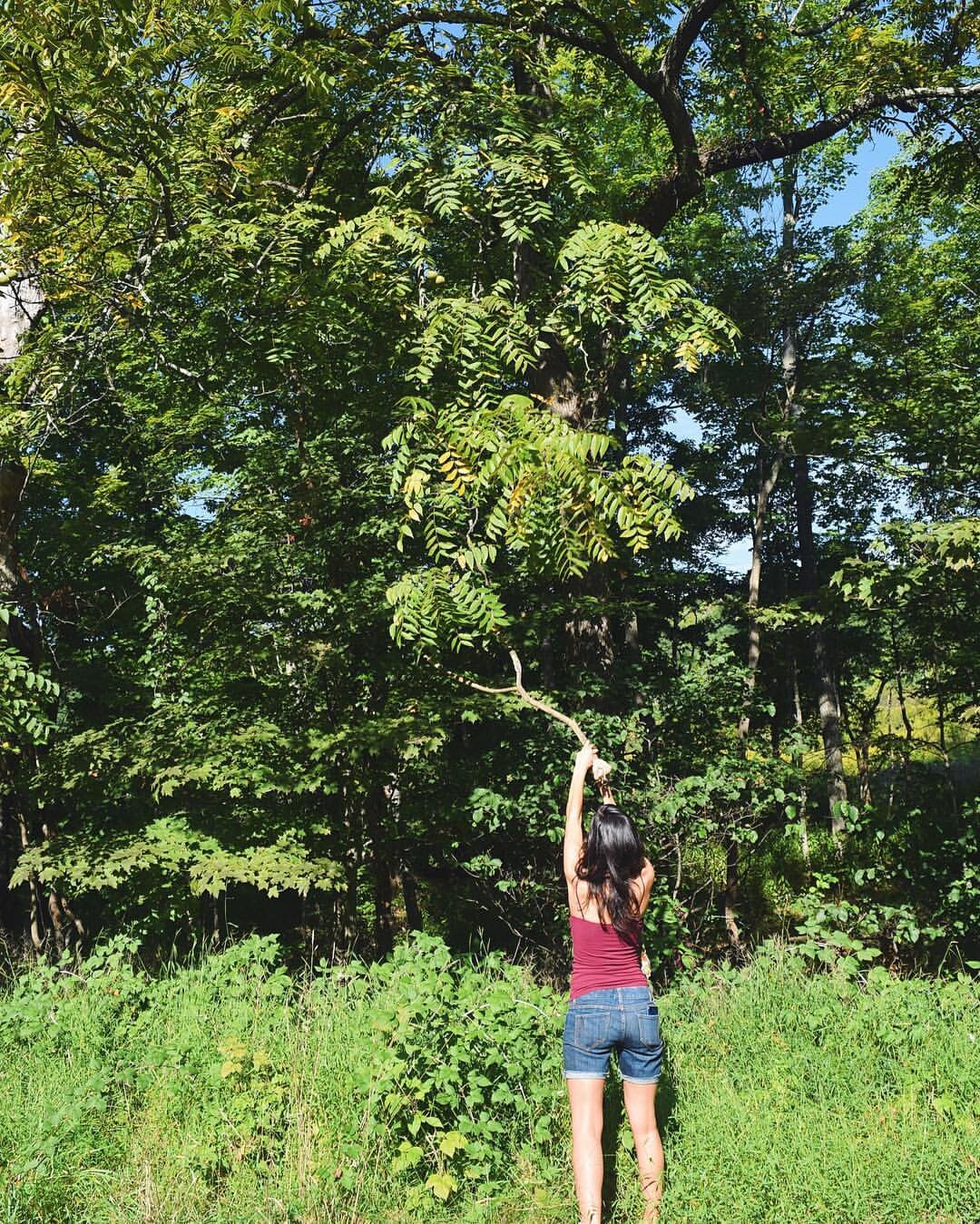
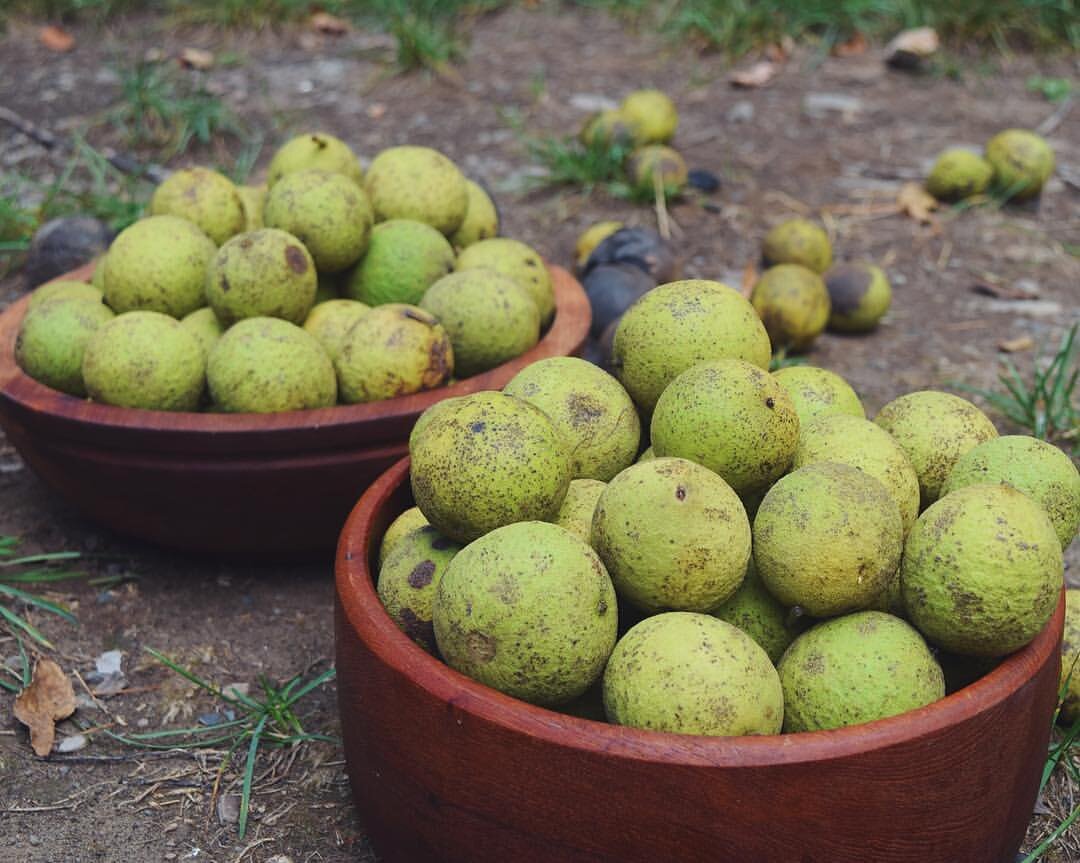
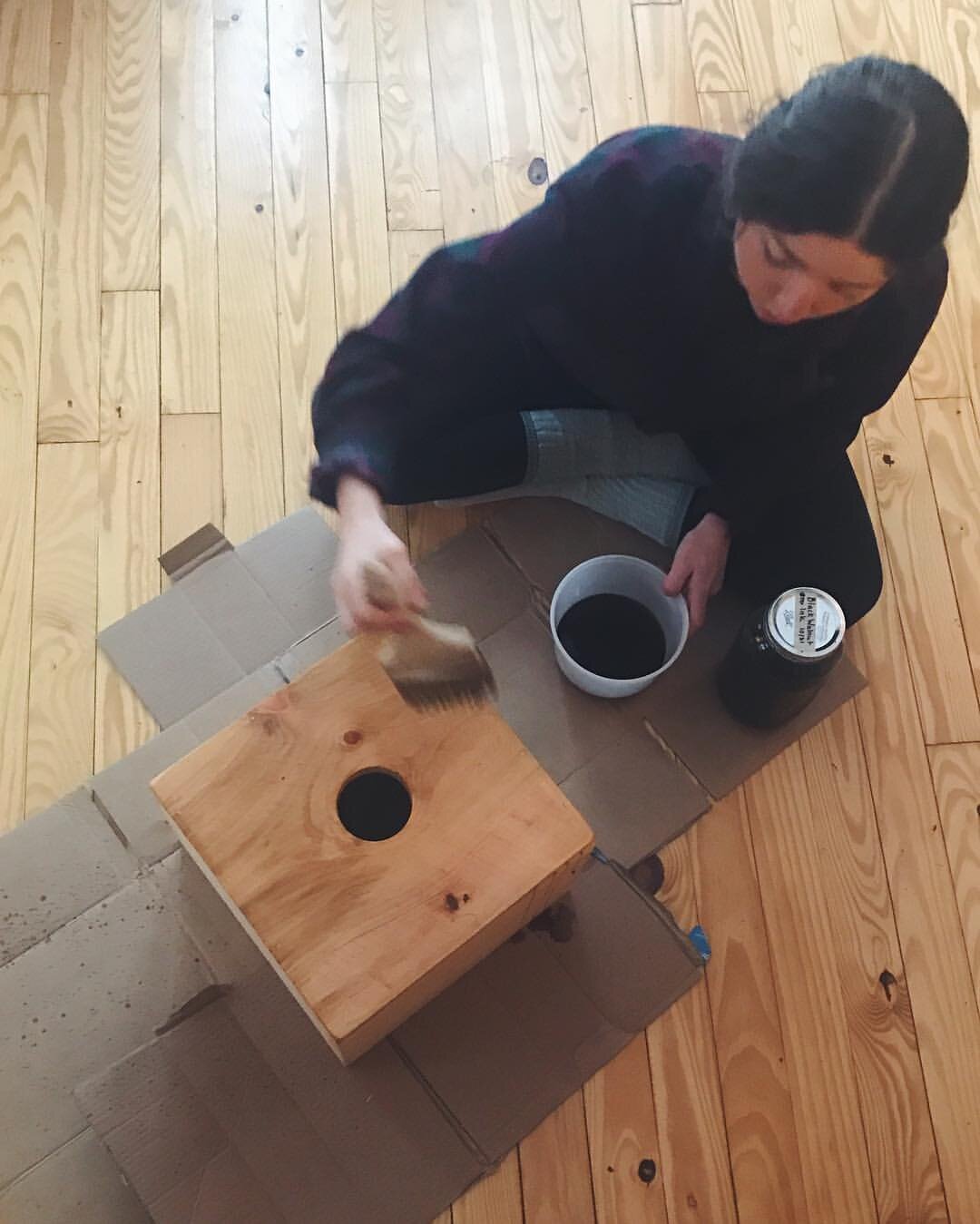
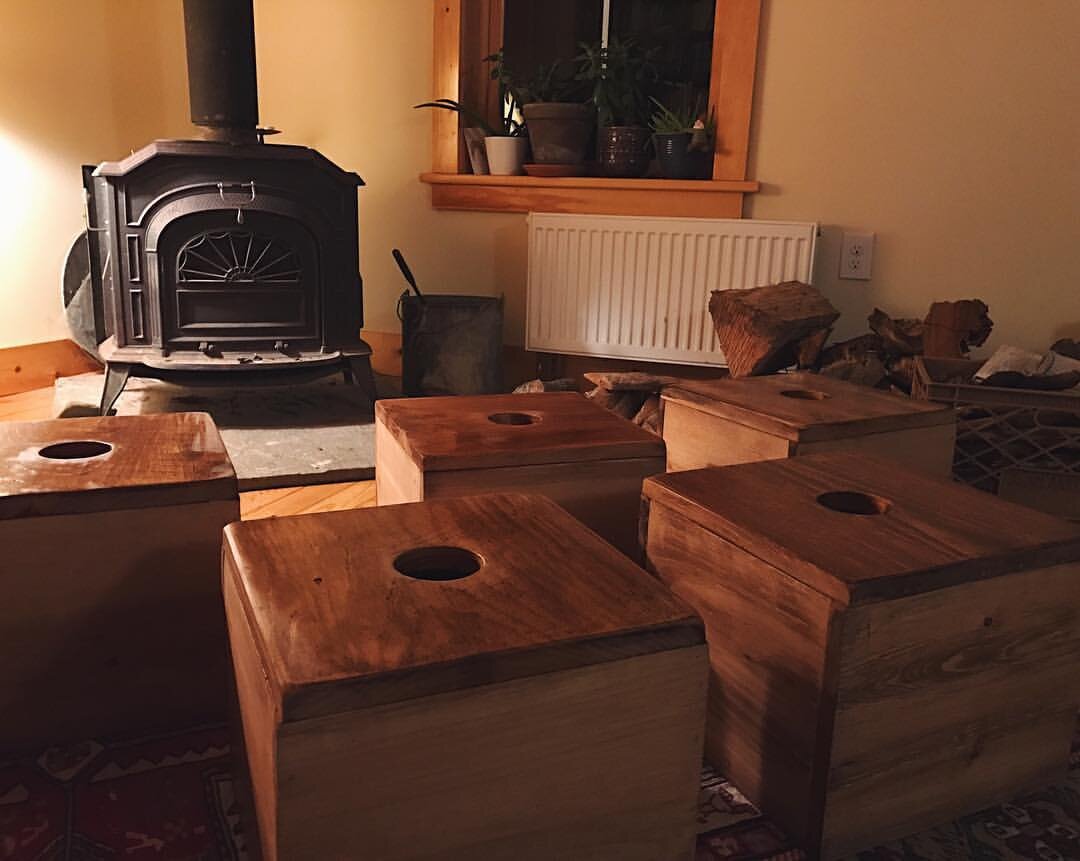
Hudson Valley Cherry Wood Pelvic Steaming Stool
I wanted my next batch of stools to be made with a different wood than pine, one which was a harder wood that could endure more steam. I also wanted them to have a different aesthetic than my previous stools, which were more rustic. I wanted them to act as pieces of beautiful furniture that would last a lifetime.
Each of these stools, designed and crafted in collaboration with Hudson Valley woodworker Tyler Mason, were built with local cherry wood, sustainably harvested in the Hudson Valley of New York in late 2018. I knew my friend Tyler, who is a stickler for detail and whose woodwork I so admired, which primarily focused on old world games, would be the perfect person to work with based on the new design I had in mind.
The local cherry wood grain highlighted the beauty of woodwork using small scale crafting techniques. Cherry is a hardwood known for its density and resistance to moisture. The density of cherry wood allowed for a stable stool which could endure consistent long term use without breakdown from steam exposure.
The triangle shape of these stools and teardrop shaped hole was very unique, and allowed for a comfortable and wide seated posture for a vast spectrum of body size, shape and weight.
This batch of stools was absolutely gorgeous. The stool that I personally own and use to this day is from this production batch!
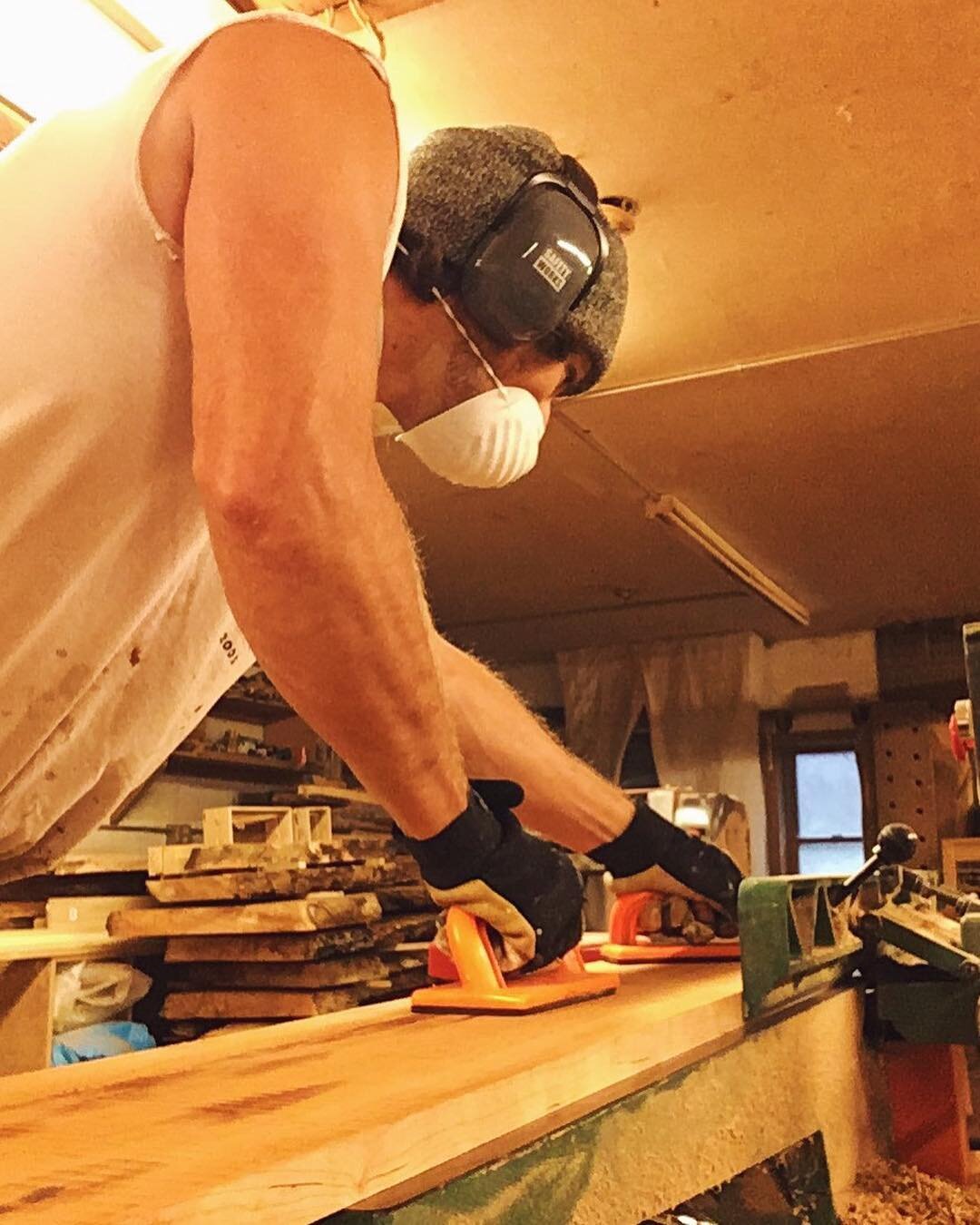

The Pelvic Steaming Herbal Blends
Udana Vayu Yoni Steaming Herbal Blend
Of course, I wanted to provide pelvic steaming herbal blends to accompany my pelvic steaming stools in my shop. At the time, I was incredibly inspired and guided by the way life cycles show up in many facets of life such as the menstrual cycle, the seasons of the year, the position of the sun in the sky, the different phases of the moon, and the different stages of plant growth.
I was also quite steeped in yogic philosophy and attempted to bring those teachings into my offerings through my business, then called Dharmawake. As I thought of how life cycles show up in yogic philosophy, the vayus came to mind. Essentially, the vayus are different directions that energy streams through the body. The upward, downward, and dispersing energy pathways represented in the vayus seemed to correlate with the way the cervix moved and transformed through the menstrual cycle, as well as other patterns reflected in the life cycle as a whole.
I wanted my pelvic steaming herbal blends to reflect all of this, and sought to do so through each herbal formula, the imagery and descriptions on the packages, and the titles of each blend. It was a tall order, but I came up with 5 blends through which I did my best to bring together pelvic health with awareness of life cycles and yogic philosophy.
My initial intention in forming these blends was to bring deepened awareness of yogic philosophy and life cycles to people interested in yoga and reproductive herbal healthcare. However, as time went on, I became increasingly and painfully aware of the realities and harms of cultural appropriation within the Eurocentric, Western yoga world. I realized that by labeling these blends with sacred yogic concepts and selling them, I could potentially contribute to the desensitization of the sacred nature of yogic wisdom rather than honor and protect it. Even my use of the term “yoni” when referring to these blends became challenging, as that is also a sacred term that I feared could be belittled through marketing. And so I discontinued these blends and took a break from my business all together, so I would have time to reflect further on my services and offerings moving forward. So I laid Dharmawake down, and birthed Selkie Medicinals about a year later.
Although certain aspects of these blends still feel challenging for me to celebrate based on all of the above, the beauty and potency of the local and organic herbs I used to craft each blend, as well as the gorgeous artwork and label design in collaboration with my dear friend Bea Rue, are things I will always be proud of. Bea brought her amazing skills in graphic design and aesthetic inspiration from vintage botanical illustrations to these blends. Her work was exactly what I was going for.
Each of these blends were available in both 3 ounce (10-12 steams) and 1 ounce (2-4 steams) sizes, and contained intentional imagery including plant drawings, colors, and shapes that were meticulously designed with the utmost intentionality in mind.
If you’d like to learn more about the vayus, I recommend visiting this blog post for further information.
Prana Vayu Yoni Steaming Herbal Blend
This was the first blend that Bea and I collaborated on. Prana vayu is a Sanskrit term for an inward and upward energy flow from the solar plexus to the throat governing the inhale breath. Prana vayu is reflected in Earth cycles during Spring in the Northeast American Bioregion, when the Sun’s warmth awakens dormant seeds so they may sprout. A soft reddish orange color felt synonymous with this time of the year, as did the waxing moon, sunrise, and warming herbs that also flourish in the Spring. I designed this pelvic steaming herbal blend to support the health of the pelvis during its own proverbial Spring season, which I saw reflected in “beginnings” within the reproductive cycle such as menarche, recycling after pregnancy, and the time after menstruation and before ovulation has occurred (the “follicular” phase), when the cervix gradually lifts inside the pelvis.
This blend was made with organic + sustainably harvested herbs including Lemon balm leaf (melissa officinalis), Nettle leaf (urtica dioica), Red Clover flowers (trifolium pratense), and Calendula flowers (calendula officinalis).
The chart highlights energetic properties which correlated to prana vayu herbal blend, in the far right quadrant of the design.
Vyana Vayu Yoni Steaming Herbal Blend
This was the next blend Bea and I collaborated on. Vyana vayu is a Sanskrit term for a diffusive energy flow from the core, which pervades the entire body and governs nutrient distribution. Vyana vayu is reflected in Earth cycles during Summer in the Northeast American Bioregion, when plants flourish abundantly from moist fertile ground. A soft yellowish green color felt synonymous with this time of the year, as did the full moon, midday full sun, and warming herbs that also flourish in the Summer. This pelvic steaming herbal blend contained harmonizing properties that supported the health of the pelvis during its own proverbial Summer season, to promote a sense of energy, enlivening, and opening to occur in the pelvis. I designed this blend for people seeking fertility care, sexual vibrancy and support during the ovulatory phase of the menstrual cycle, when the cervix is high and open inside the pelvis.
This blend was made with organic + sustainably harvested herbs: Basil leaf (ocimum basilicum), Red Raspberry leaf (rubus idaeus), Red Rose petals (rosa centifolia), and Calendula flowers (calendula officinalis).
The chart highlights energetic properties which correlated to the vyana vayu herbal blend, in the lowest quadrant of the design.
Apana Vayu Yoni Steaming Herbal Blend
This was perhaps my most popular blend. Apana vayu is a Sanskrit term for a downward and outward energy flow from the solar plexus to the base of the pelvis governing the exhale breath. Apana vayu is reflected in Earth cycles during Autumn in the Northeast American Bioregion, when nuts and seeds drop to the ground to be harvested and sowed in preparation for winter stillness. An indigo color felt synonymous with this time of the year, as did the waning moon, sunset, and cooling, nervine herbs. This pelvic steaming herbal blend contained releasing properties that supported the health of the pelvis during its own proverbial Autumn season, and was designed to encourage a sense of calm, grounding, soothing, and unwind to occur in the pelvis. This blend was primarily intended for people seeking premenstrual care (during the “luteal” phase), nervous system support, and pelvic tissue relaxation.
This blend was made with organic + sustainably harvested herbs including Chamomile flowers (matricaria chamomilla), Motherwort leaf (leonurus cardiaca), Lavender flowers (lavandula angustifolia), and Mugwort leaf (artemisia vulgaris).
The chart highlights energetic properties which correlated to apana vayu herbal blend, in the far left quadrant of the design.
Udana Vayu Yoni Steaming Herbal Blend
Out of all of the blends, I felt the most special connection to this one. Udana vayu is a Sanskrit term for an upward energy flow from the throat to the crown of the head governing mental wisdom. Udana Vayu is reflected in Earth cycles during Winter in the Northeast American Bioregion, when strong plants and animals demonstrate resilience amidst challenging elemental forces. A violet color seemed aligned with this time of the year, as did the new moon, midnight, and herbs synonymous with cleansing and purification. This herbal blend contained strengthening properties that supported the health of the pelvis during its own proverbial Winter season, and was designed to nourish pelvic tissue and to promote a sense of clearing, replenishment, and stability within the pelvis. This blend was primarily crafted to support people in the menopausal transition and beyond, renewal of the cycle after a long period of absence, and overall energy clearing and restoration within the pelvis.
This blend was made with sustainably crafted + organic Ingredients: Motherwort leaf (leonurus cardiaca), Juniper berries (juniperus communis), Red Rose petals (rosa centifolia), and Sage leaf (salvia officinalis).
The chart highlights energetic properties which correlated to udana vayu herbal blend, in the top most quadrant of the design.
Samana Vayu Yoni Steaming Herbal Blend
This blend was also incredibly popular and was the last blend that I worked on. Samana vayu is a Sanskrit term for an equalizing energy flow centered in the abdomen governing digestion. Samana vayu is reflected in Earth cycles when each element, plant and animal is aligning, connecting and functioning optimally within the whole. The colors representative of the other 4 blends were incorporated into the artwork of this blend, as a way to show its quality of assimilation and balance. This pelvic steaming herbal blend contained rejuvenating properties to support a sense of harmony to occur within the pelvic tissue, as well healing and recovery. It was primarily designed to support healthy flora and restoration after times of surgery, infection, and other imbalances within the pelvis.
The chart highlights energetic properties which correlate to samana vayu herbal blend, which is encapsulated by the concept of the design as a whole.
In Conclusion
I am so grateful to the many folks who purchased the above remedies, as well as the many hands that went into their creation process. I lovingly lay them to rest, and am thrilled to have you join me in the next chapter of the Selkie Medicinals shop. You can visit the updated shop here to read my published book, order some of my freshly made, small batch handcrafted herbal oils, or order my handmade, naturally dyed, reusable cloth pads.
Be well,
Elizabeth
Additional Notes
These products were not intended to diagnose, treat, cure or prevent disease and has not been evaluated by the FDA.















